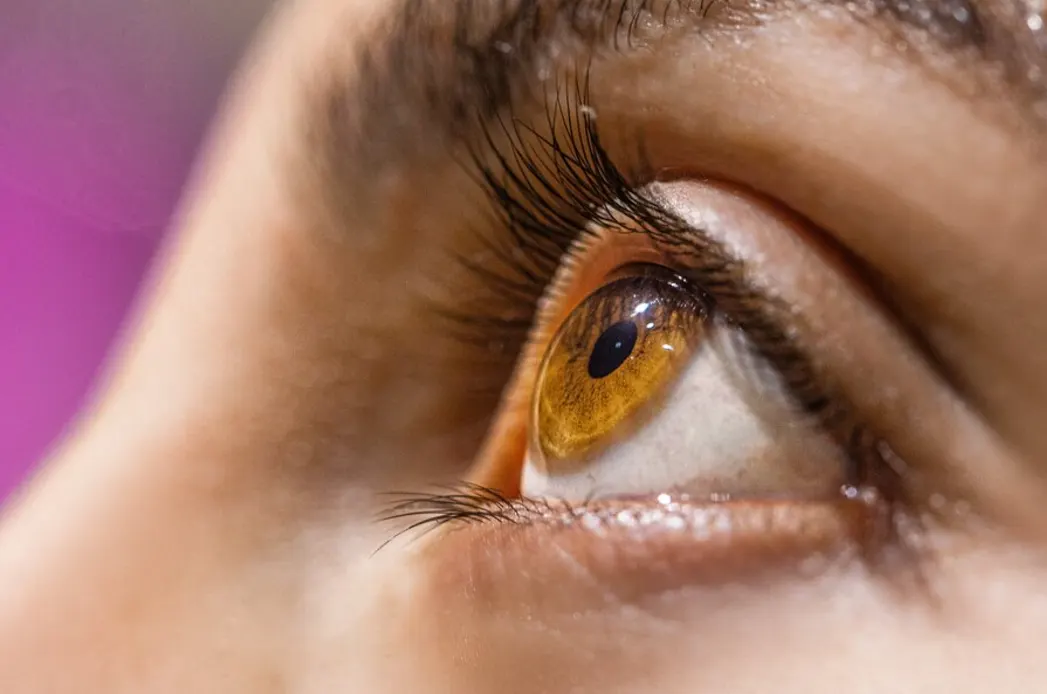Patient Resources



RESOURCES
Caring for Your Artificial Eye
Printable Version of Care Guidelines
The suggestions and recommendations in this booklet apply to the average patient. Any special instructions that your doctor or Ocularist has given you should always take precedence.
Your Artificial Eye
Your ocular prosthesis is made of a very fine medical grade plastic that is molded, colored and polished to create a realistic and comfortable artificial eye. The plastic is lightweight, yet tough enough to resist breakage if dropped.
Each artificial eye is custom made and designed to specifically fit your individual eye socket. The ocular prosthetic is hand painted using the patient’s companion eye as a model and guide for matching. Our methods and technique allow us to create a custom prosthetic eye with the best possible cosmetic results.
Getting used to your eye
Getting used to wearing your artificial eye will only take a short time and most patients find very quickly they are more comfortable with the ocular prosthesis in than out.
During the first few weeks of wearing an ocular prosthesis you may experience some extra secretions or discharge. This is a normal reaction your body may have to your artificial eye and your doctor or ocularist will instruct you on any additional care procedures you should follow.
How long will my artificial eye last?
Over time socket changes normally occur which can affect the movement, comfort and appearance of your artificial eye. The integrity of the acrylic plastic material will eventually break down and deteriorate causing socket and lid irritation as well as excessive secretions and discomfort.
The average patient needs to have their artificial eye replaced every 5-7 years, however this can vary person to person.
In the first few years enlargements or reductions in the size of your artificial eye can often be done by adding or removing plastic without replacing the whole eye. Young cildren will need adjustments and replacements more frequently as their face size and shape is constantly changing.
You may need to replace or adjust your artificial eye if you notice any of the following:
Excessive tearing or secretions
Lack of movement
Constant dryness or irritations
An overall small or large appearance to the artificial eye
Color changes or differences
Drooping of the upper lid
As always, if you have any questions or concerns regarding the fit or appearance of your artificial eye, please call one of our offices to schedule a consultation.
Caring for your artificial eye
It is important to keep your eye clean and comfortable and in most cases this can be done without removing the prosthesis by gently wiping or dabbing it with a warm face cloth. Always remember, when wiping your artificial eye move in towards your nose, pulling outward on your lower lid may dislodge your prosthesis.
It is not recommended that you remove your prosthesis frequently as too much handling may cause irritation and excessive secretions.
On average most prosthetic eye patients remove their artificial eye 1 time per month.
In rare cases it is necessary to remove your artificial eye more frequently or before bed at night. If this is the case your ocularist will give you alternative care instructions.
Steps for Cleaning your prosthesis
- Wash hands thoroughly
- Use a mild hand soap such as baby shampoo and water
- Scrub the artificial eye well between the palm of your hands
- If you notice heavy deposits or filminess on the eye you can use a warm cloth or tissue to lightly polish it
- Rinse completely and reinsert. There is no need to dry the eye before putting it back in, the moisture on the surface will aid in insertion.
Polishing the eye
You will need to return every 6-12 months for routine cleanings and polishes of your artificial eye. At this time your Ocularist will also evaluate the fit and appearance of your ocular prosthetic, ensuring that it is always looking and feeling as good as possible.
Over time your body’s tears build-up onto the front surfaces of the prosthetic making dull and uncomfortable. If the deposits become heavy it will irritate the lids and cause extra secretions. A professional cleaning by your Ocularist will restore the shine to your artificial eye and also ensure that the eye socket remains healthy.
Keeping your eye clean and polished will ensure for the best possible cosmetic result as well as a healthy socket overall.
Artificial Tears and Eye Lubricants
In most cases your tear glands will still function and flow normally after the removal of your eye. However many patients still experience dryness, irritation or trouble blinking and will need to supplement with artificial tears or lubricants. Head colds, allergies, wind, temperature conditions, becoming over-tired or touching the prosthesis too much can all cause dryness.
Typically an over the counter artificial tear will help to maintain moisture on the surface of the prosthesis and provide relief. These are administered on an as needed basis, usually in the morning, afternoon and evening. Without removing your artificial eye can simply squeeze a drop directly onto your prosthesis and blink several times to spread the moisture.
Silicone drops made specifically for your artificial eye are also available and usually last longer and only need to be used 1 or 2 times per day.
For your convenience we have many artificial tears and lubricants in stock. Please call today and we ’d be happy to recommend a product that suits your specific needs.
Points to Remember
- Always make sure your hands are washed and clean before touching your eye, lids or socket.
- Use only a mild hand soap and water in cleaning the eye
- Always wipe the eye towards the nose. Wiping outward can dislodge the eye.
- Never leave the eye in a piece of tissue after cleaning, this is the easiest way to lose it!
- If you swim, wear eye goggles or protection. While diving or underwater keep your eye closed.
- A well fit pair of polycarbonate balanced lenses will help to both protect your eye and to enhance the appearance of your ocular prosthesis
- Cold weather, hot weather, dry weather and wind all tend to evaporate moisture on the surface of the eye. Use artificial tears or lubricants as necessary to help alleviate the symptoms of dry eye
- Always practice extreme cleanliness while handling your ocular prosthesis. Don’t leave the eye on the counter or any unprotected surface.
- Have your eye cleaned and polished at least once a year.
- Do not clean your artificial eye with alcohol or any solvents as this will ruin the plastic
- If at any time you have questions or concerns regarding your artificial eye please call one of our offices!
